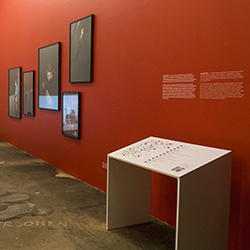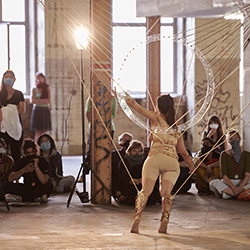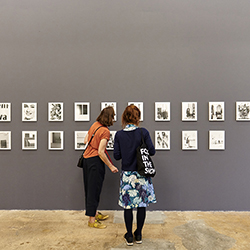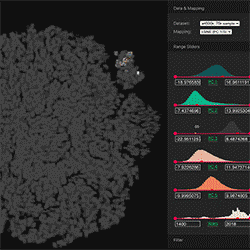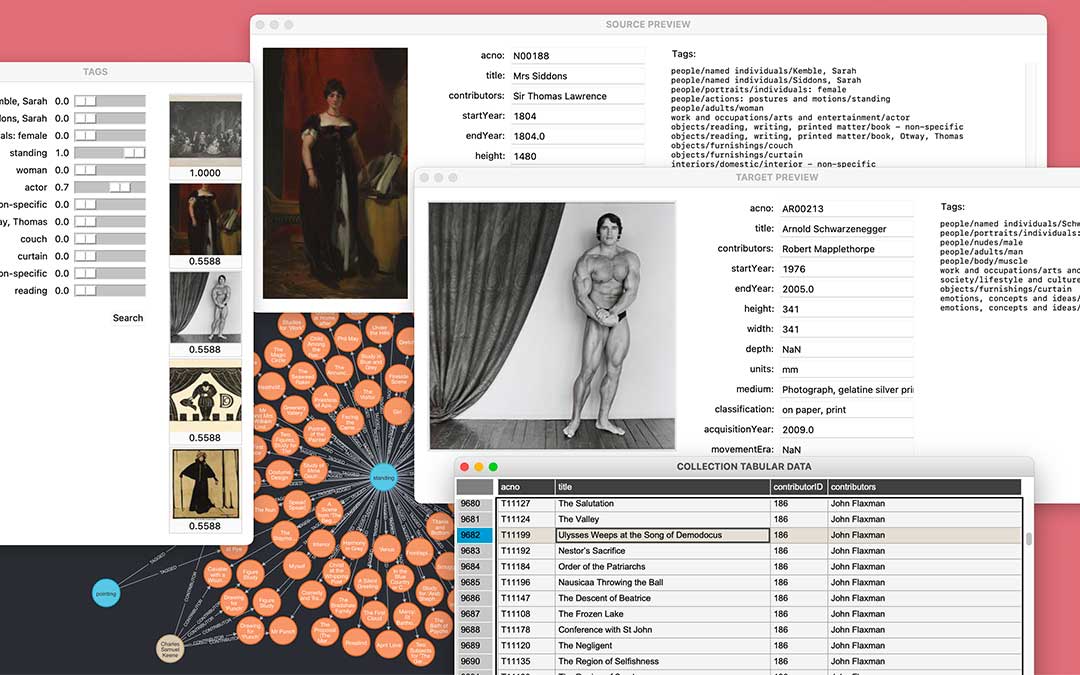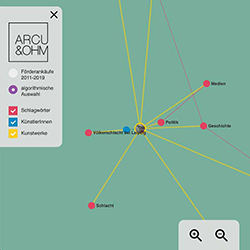About ARCU&OHM
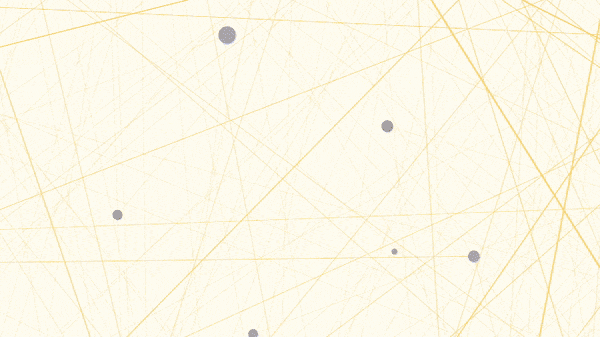
Human-Machine Collaboration
Since 2018
ARCU&OHM is a human-machine collaboration exploring algorithmic curation since 2016. The expert system and »Artificial Curator« ARCU refers to a series of computational projects dealing with the research, selection, and contextualization of artefacts such as artworks, objects, and literature.
ARCU is continuously developed by artist and researcher Tillmann Ohm as an autonomous research system and algorithmic collaborator for machine-aided exhibition-making, publishing and prototyping curatorial tools for digital collections.
Concept & Methods
ARCU&OHM’s primary focus lies in the research and development of frameworks for curating digital collections using computational methods. The underlying assumption is that semantic relationships of artefacts, for example in collections of artworks, can be contextualized and embedded into a ‘curatorial possibility space’, where complex patterns and dynamics emerge from granular data. In the resulting conceptual networks and multidimensional vector spaces, various curatorial strategies and processes for exploration and selection can be modelled algorithmically by using methods of network science or graph theory as well as machine learning techniques for knowledge discovery and data mining. Combining visual features (e.g. extracted from images via computer vision) with semantic interpretations (e.g. based on metadata, such as taxonomies and descriptive annotations), we can constitute, analyze, understand, and navigate the Curatorial Possibility Spaces of Digital Collections.
After the art curatorial practice shifted from objects to processes, and later towards “dynamic network systems” [1], nowadays, many art curators see themselves as catalyzing nodes within networked structures of curatorial interaction, performing “networked-co-curation” [2]. Their professional activities are ways of “thinking in terms of interconnections: linking objects, images, processes, people, locations, histories, and discourses” [3]. While some, such as Maria Lind, locate these interactions in the physical realm, we can easily extend them to a “new space of performativity” [4], where we could navigate through the so-called latent spaces of digital collections. At the heart of every archive, museum, library, or database lies a collection of gathered objects – spaces of “indefinitely accumulating time” [5]. When we consider collections as “spaces of difference and representation” [6], in this Foucaultian sense, where difference means the interpretation of relationships between objects and words (sometimes implicit and hidden), we can embed digital collections in such spaces of contextual meaning. In computer science and network science, such spaces of objects and relations, of representation, meaning and hidden interpretations exist in the formal definition of knowledge graphs or networks more general. In machine learning, such spaces are expressed in more-or-less continuous vector embedding, or latent spaces, as for example implied within the so-called hidden layers of artificial neural networks.
Computational Methods
Feature vectors, properties encoded into numeric arrays, and embeddings, i.e. lower-dimensional mappings of higher-dimensional vector spaces, are very useful for navigation, analysis, and curation of digital collections. For example, grouping objects according to the features they contain, harnessing Wittgenstein’s family resemblance [7], allows us to draw maps that put digital collections in novel contexts that might lead to entirely new forms of perspectives and classifications. We can also travel through the embedding space by jumping from item to item based on their similarities and related distances. The possibility of transforming vectors and “mixing” them by performing arithmetic operations like subtracting and adding specific features, enables new types of search queries beyond keyword matching.
Network science, a field that brings together various disciplines working with networks, is largely concerned with the analysis of complexity in relational data where hidden patterns emerge from the interaction of known parts [8]. Relevant ‘real’ network systems include social relationships between human individuals, interactions of neurons in the brain, or semantic networks of similar words as used in everyday language. Collections further entail more abstract network structures, such as constituted via items and concepts connected via any (symbolic) form of shared properties. A growing ecology of network analysis methods and graph algorithms are suitable for curatorial exploration of these structures. For traversing, networks are particularly suitable as they already entail a ‘roadmap’ that is easy to navigate, allowing associative ’net-walks’ through the data.
Graph Algorithms for Curatorial »Net-Walks«
ARCU&OHM implement many established analysis methods and algorithms for curatorial applications and develop new algorithmic and hybrid approaches inspired by concepts from philosophy, art and science.
Malraux
Detaching artworks from their physical environment to place them in an aesthetic discourse with each other through photographic reproductions – »Le Musée Imaginaire« [10][11] is André Maulraux’s version of an imaginary museum in book form. Its strategy is simple: confront two monumental artworks, regardless of time and space, on opposite pages – similar to double image slide projections (s. Herman Grimm) once used in art history [12]. In an exhibition setting, juxtapositions often form a symbiosis or create friction between two works. ARCU&OHM translates Malraux’s approach into a graph algorithm that finds interesting pairs of objects within a collection, based on a combination of similar and contrary characteristics.
Warburg
Trying to map the afterlife of Western antiquity with almost one thousand images on dozens of panels – the »Mnemosyne Atlas« [9] was Aby Warburg’s unfinished attempt to catch and retrace the cultural dynamics of iconographic pathos. Each panel presents a different visual argument of emerging and reappearing symbolic imagery and its meanings through groups of reproduced artworks arranged and rearranged over time. Warburg’s strategy inspired the development of a graph algorithm that extracts clusters of coherent features and semantic connections from objects in collection networks.
Debord
In his essay »Theory of the Dérive« [13] Guy Debord outlines the radical strategy of drifting deliberately without intention through urban landscapes and escaping the “spectacle” of modern cities by following the attractions of the encounters along the way. The Dérive, “drifting,” and the “Psychogeography” [14] eventually became central concepts of the avant-garde movement and organization Situationist International. In collection networks, algorithmic queries are also attracted by dense topographic structures with many connections, ending up with predictable results. In a “directed intuition” [15] that avoids obvious attractors, ARCU&OHM’s graph algorithm discovers the possibility space to find unexpected and often overlooked artifacts.
References
[1] J. e. Krysa, Curating Immateriality: The Work of the Curator in the Age of Network Systems, Reino Unido: Autonomedia, 2006.
[2] B. Graham and S. Cook, Rethinking Curating: Art After New Media, MIT Press, 2010.
[3] M. Lind, Learning from Art and Artists: Selected Maria Lind Writing, Sternberg Press, 2010.
[4] A. Dekker and G. Tedone, Networked Co-Curation: An Exploration of the Socio-Technical Specificities of Online Curation, Arts, vol. 8, no. 3, p. 86, 2019. https://www.mdpi.com/2076-0752/8/3/86/pdf
[5] M. Foucault, Of Other Spaces. Tran. Jay Miskowiec, Diacritics, vol. 16, no. 1, pp. 22-27, 1986 [1967]. https://web.mit.edu/allanmc/www/foucault1.pdf
[6] B. Lord, Foucault’s Museum: Difference, Representation, and Genealogy, Museum and Society, vol. 4, no. 1, pp. 1-14, 2006. https://www108.lamp.le.ac.uk/ojs1/index.php/mas/article/download/74/89
[7] L. Wittgenstein, Philosophical Investigations, Basil Blackwell, 1968 [1953].
[8] A.-L. Barabási, Network Science, Cambridge University Press, 2016. http://networksciencebook.com
[9] L. Hartnoll, Aby Warburg: Bilderatlas Mnemosyne – The Original, Hatje Cantz, 2020.
[10] A. Malraux, La Musée Immaginaire, Gallimard, 1965 [1947].
[11] A. Malraux, Le Musée Imaginaire de la Sculpture Mondiale. Vol 1-2, Gallimard, 1952-1954.
[12] R. S Nelson, The Slide Lecture, or the Work of Art ‘History’ in the Age of Mechanical Reproduction. Critical Inquiry, vol. 26, no. 3, The University of Chicago Press, pp. 414–34, 2000. http://www.jstor.org/stable/1344289.
[13] G. Debord, Theory of the Dérive, Internationale Situationniste, vol. 2, no. 20.05, 2015 [1958]. http://tbook.constantvzw.org/wp-content/derivedebord.pdf
[14] G. Debord, Psychogeographic Guide of Paris, Permild and Rosengreen, 1957.
[15] F. Zwicky and M. A. Zwicky, Catalogue of Selected Compact Galaxies and of Post-Eruptive Galaxie, Zwicky, 1971. http://citeseerx.ist.psu.edu/viewdoc/download?doi=10.1.1.1090.4584&rep=rep1&type=pdf
Exhibition Making
One of the main goals of museums and many other cultural institutions is to communicate the curatorial and scientific research to an audience. The development and practical implementation of experimental new methods for machine-assisted exhibition programming are therefore one of the most important activities of ARCU&OHM. Together with exhibition venues and institutions, curatorial concepts and final exhibitions are produced, based on computational methods such as machine learning and network science.
Tools & Applications
The development of software interfaces for collaborative human-machine curation, combined with research in Human-Computer Interaction (HCI), provides ARCU&OHM with a broad repertoire of curatorial software prototyping, custom solutions for museums, archives and exhibition venues, applications for collections and exhibition making, interactive artworks and curatorial experiments.
Funding, Clients & Partners

Currently supported within the CUDAN ERA Chair research project at Tallinn University in Estonia, funded since June 2020 through the European Union’s Horizon 2020 research and innovation program (Project No. 810961). Previous funding has been received through the Research School of Bauhaus University Weimar, and the Cultural Foundation of the Free State of Saxony. Tools, exhibitions and consulting projects previously developed for and with: Dresden State Art Collection; HALLE 14 Center for Contemporary Art Leipzig; Marketing Center Münster; LOOKSfilm/Progress.

